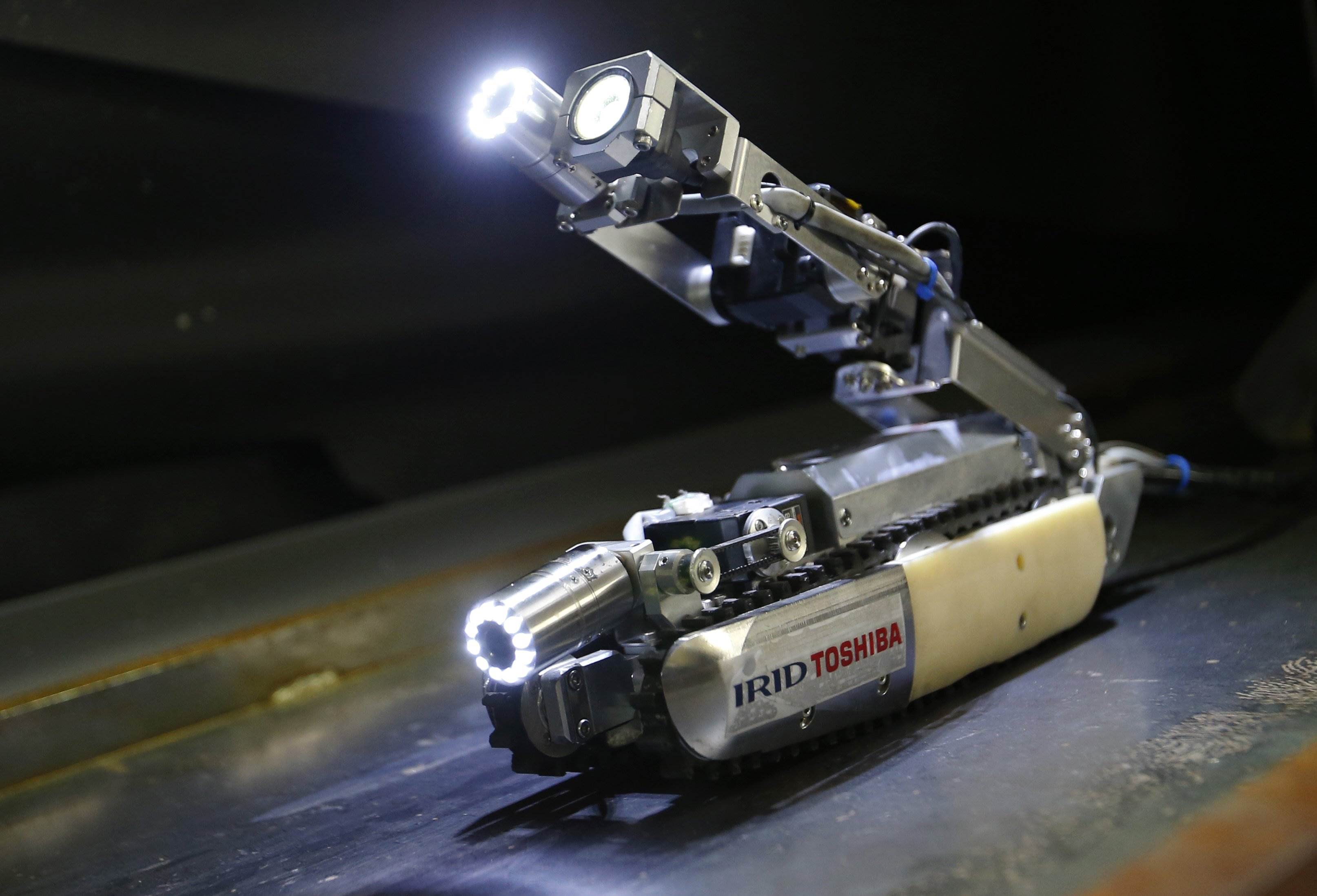New reports indicate that one of Japan’s wrecked Fukushima reactors is in a worse state than thought.
Tokyo Electric Power Co., which operates Fukushima Daiichi nuclear power plant, recently sent robotic probes into one of the reactors that was damaged after the 2011 tsunami that struck the area and caused a meltdown. The “scorpion” robot was sent into the Unit 2 reactor’s containment vessel to investigate the area around the core of the plant.
The robot was outfitted with a dosimeter, thermometer and two small cameras, and was able to successfully transmit data and visuals back from the reactor. Unfortunately, during the effort, the robot’s crawling function failed while scaling highly radioactive debris. As a result, it was unable to locate the reactor’s fuel, critical to the clean up efforts. The robot was moved to a position where it wouldn’t obstruct future probes, and was then abandoned in the containment vessel.
Examination of the vessel over the past two weeks have uncovered structural damage to routes planned for robots and probes, and higher radiation than expected, meaning robot designs and approaches may have to be revised. A waterproof robot will attempt to access the Unit 1 reactor next week, but workers are still trying to figure out how to gain access to the badly damaged Unit 3 reactor.
In order to progress with cleanup and remove the highly radioactive fuel, workers from TEPCO need to map out the location of said fuel, as well as any structural damage in each of the three reactors. Despite the incomplete probe investigations, company spokesman Yuichi Okamura has stated that cleanup is proceeding on schedule, and that the company will be determining what methods to approach for the removal this summer, with cleanup beginning in 2021.
Bad times.
TEPCO has been struggling with the cleanup, which is expected to continue for decades, leaving thousands homeless due to establishing of a radioactive exclusion zone. Earlier this month, a debris cleaning robot had to abandon its mission after two hours when the cameras stopped working after being exposed to a total of 1,000 sieverts, a dose that can kill a human in seconds. Radiation levels, structural damage and poor cleaning may require future probes to be redesigned with more sturdy equipment.
The power company officials state, to everyone’s relief, that despite the high radiation levels, there seem to be no leaks of radioactive material into the environment.
source: Phys.org







